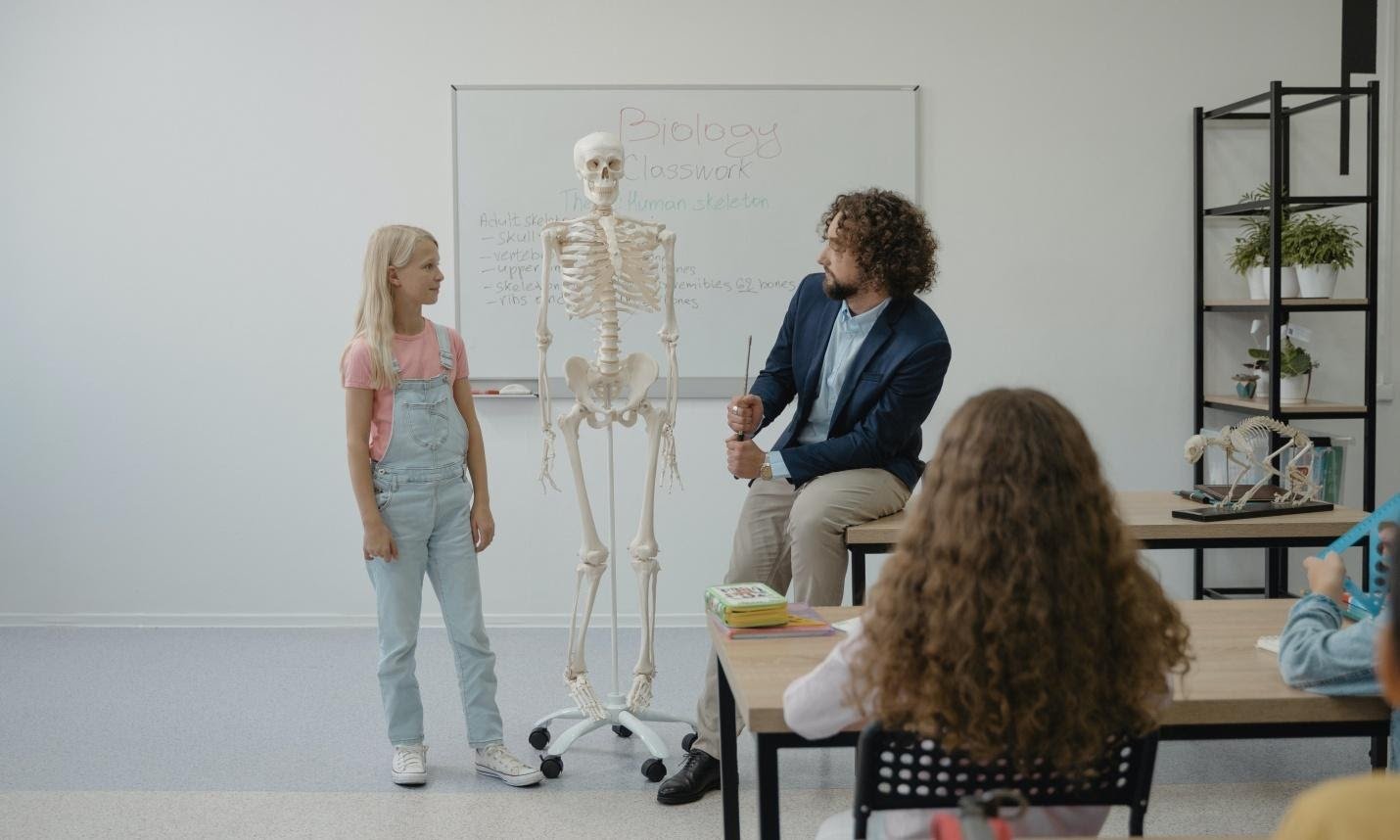Creating an engaging learning environment can sometimes be a challenge for a teacher. But the goal should be to make the students focused on the lesson taught in the class. When children are engaged and attentive, they are better listeners and respond to instructions faster, leading to overall progress. Here are several ways to engage students and make classwork interesting, effective, and beneficial for learning.
Make Class Interactive: Unless you are a great presenter, your students can get bored quickly when they hear you speak. Engaging your students in discussion is an age-old method of maintaining attention levels and effectively managing a classroom. One of the best ways to gauge your student’s understanding is to ask questions or let them ask questions. Allow learners to express their opinion on different issues. Let the students be an active part of the classroom as much as possible. Interactivity is vital for struggling learners and as well as equally effective advanced learners.
Incorporate Classroom Games: Who doesn’t like to play games? Whether it is a primary or higher education level, games are a classic way to stimulate students’ thoughts and involve them in the study topic. A teacher can incorporate academic puzzles, science toys (such as terrariums, rock samples, and microscopes), and challenging games into the lessons. You can also create competitive games in a classroom where students try to outdo each other in groups or individually.
Set Goals: Students should be aware of what they are learning and how they are progressing with their lessons. The goal is to let the students take control of their studies. The students should be presented with varied options to learn a particular topic so that they can become active learners rather than passive recipients.
- With a student-centered blended learning method of teaching, an educator will notice the visible progress of students’ involvement in the classroom. A teacher may use online and offline goal-setting techniques to create a personal connection with learning and personalized goals.
- Students feel valued and get excited when they are involved in the decision-making process. Regardless of their young age, students have ideas that could help improve the learning environment.
Discuss Current Events: The world is full of fascinating information and stories that can provide the lessons with immediacy and a higher level of importance. Making connections with real-world events will engage students and make them feel like they’re learning relevant information. Science and social science classes present tremendous opportunities to draw in the outside world, but an experienced teacher can apply the same principle to other subjects. Maybe your first graders get to know the animals and can follow the development of the new baby chimp at the local zoo. Or an English teacher can show how the evolution of poetry has led to the popular songs they love so much. The opportunities are endless, and tapping into hot topics and events can inspire a new level of passion in your students.








